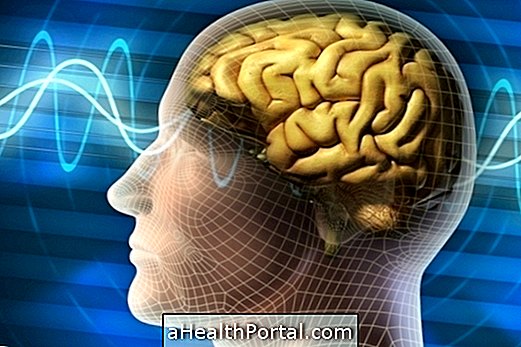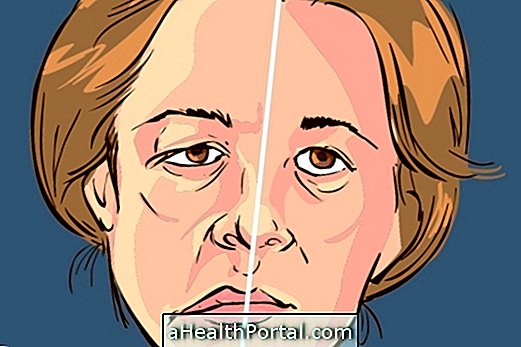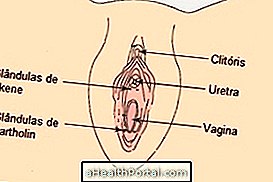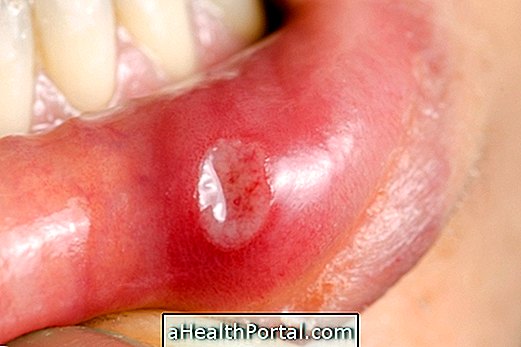Post-herpetic neuralgia is a complication of herpes zoster, also known as a zone or shingles, which affects the nerves and skin, causing a constant burning sensation in the body even after the lesions caused by the herpes zoster virus have disappeared.
Post-herpetic neuralgia is usually more common in people over the age of 60, but can occur at any age as long as the chicken pox virus has been caught in adulthood.
Although there is no cure, there are some forms of treatment that can reduce symptoms by improving the quality of life. In addition, post-herpetic neuralgia generally improves over time, requiring less and less treatment.
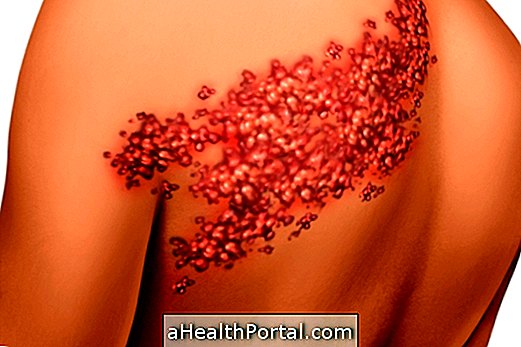
Main symptoms
The most common symptoms of post-herpetic neuralgia include:
- Burn-like pain lasting for 3 months or more;
- Extreme sensitivity to touch;
- Sensation of itching or tingling.
These symptoms usually arise in the region of the skin that has been affected by shingles lesions, and is therefore more common in the trunk or on one side of the body.
The burning sensation may appear before the instep injuries on the skin and in some people it may also be accompanied by stitch-like pain, for example.
How to confirm the diagnosis
In most cases, the diagnosis is confirmed by a dermatologist only through observation of the affected site and symptoms reported by the person himself.
Why post-herpetic neuralgia
When the pox virus is caught in adulthood, the virus causes stronger symptoms and can cause damage to the nerve fibers that remain on the skin. When this happens, electrical stimuli that go to the brain are affected, becoming more exaggerated and causing the onset of chronic pain that characterizes post-herpetic neuralgia.
How is the treatment done?
There is no treatment capable of curing post-herpetic neuralgia; however, it is possible to alleviate symptoms through various forms of treatment such as:
- Lidocaine dressings : These are small patches that can be attached to the pain site and release lidocaine, a substance that anesthetizes the nerve fibers of the skin, relieving pain;
- Application of capsaicin : This is a very strong analgesic substance that can reduce pain for up to 3 months with just one application. However, its application should always be done in the doctor's office;
- Anticonvulsant medications such as Gabapentin or Pregabalin are medicines that stabilize electrical signals in nerve fibers, reducing pain. However, these medicines can cause side effects such as dizziness, irritability and swelling of the extremities, for example;
- Antidepressants, such as Duloxetine or Nortriptyline: alter the way the brain interprets pain, relieving chronic pain such as post-herpetic neuralgia.
In addition, in the most severe cases, where none of these forms of treatment seems to improve pain, the doctor may also prescribe opioid medications such as Tramadol or Morphine.
There are treatments that work better in some people than others and so you may need to try various forms of treatment before you find the best, or even make a combination of two or more treatments.
